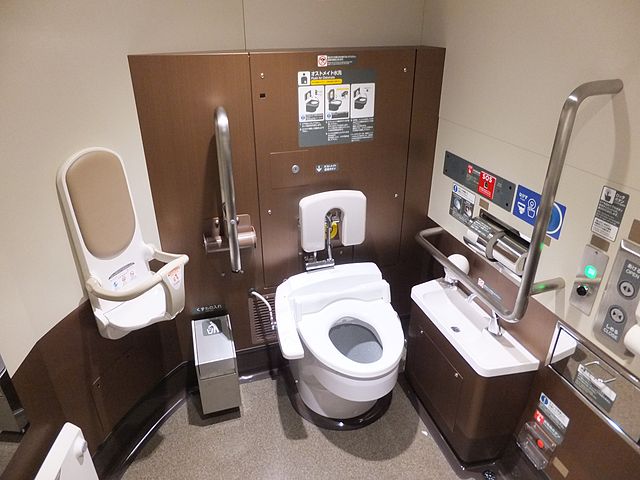Basic Guide to Accessible Travel In Japan
For example if you are searching the internet for an "accessible hotel" and don’t find anything, it is because the term used in Japan for wheelchair –adapted rooms is usually "barrier-free" or "universal design", not accessible. And you should know; older buildings in Japan tend to have narrow interior layouts. Consequently, shops and restaurants located in such buildings may be difficult to enter and navigate with wheelchairs due to the lack of space and presence of steps. Unlike city buses, long distance buses and airport buses tend not to be as accommodating to wheelchair users, because boarding typically involves climbing multiple steps. Regular taxis are not equipped with ramps and may be difficult to board. Although many companies provide taxis with wheelchair ramps or special seats, they usually require prior arrangement and you need to be able to speak Japanese. There are still many inaccessible places in Japan, but preparations are in full swing for the 2020 Olympics and Paralympics which means everything, is getting even more accessible. Meanwhile, there are firms and organizations that provide accessibility information with websites in multiple languages, thereby serving as a gateway for foreign tourists with disability. These companies can help you by booking a lift taxi, wheelchair accessible accommodations, offering tips for traveling and volunteer guides. Some even are capable of planning and coordinating group tours or study tours. Below you find links to some of these companies offering variety of services. They can help to make your trip more convenient. Visit their website and choose depending on your needs and plans. Other links below would let you to book Car Rentals, Transfers and Limousine Buses online. Useful Links
Car Rental & Transfer
0 Comments
Leave a Reply. |
Halal In Japan
|
|






 RSS Feed
RSS Feed





